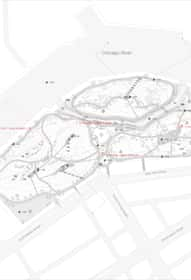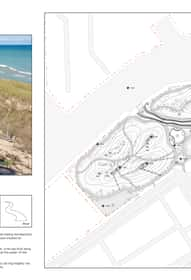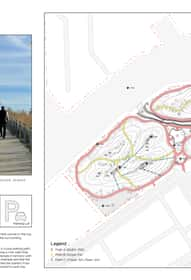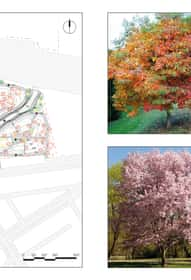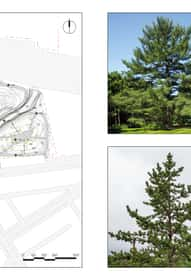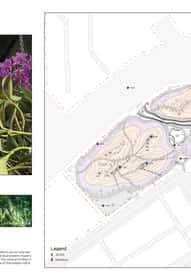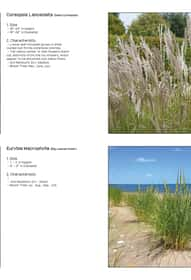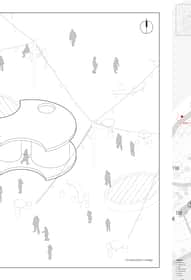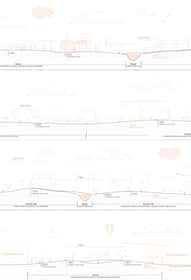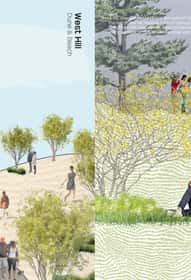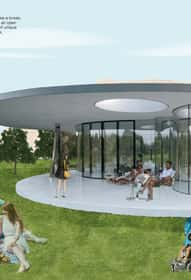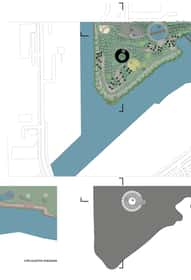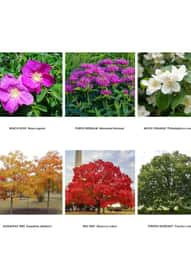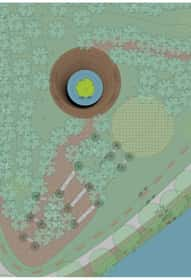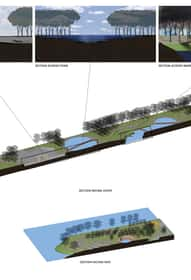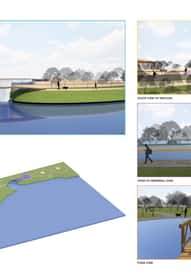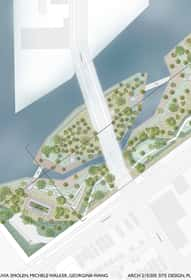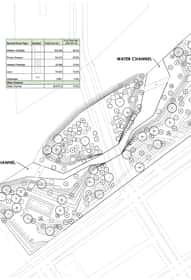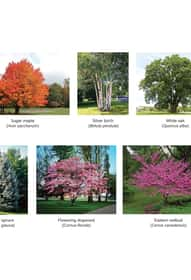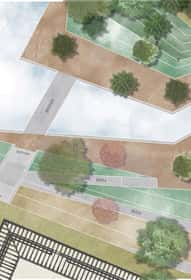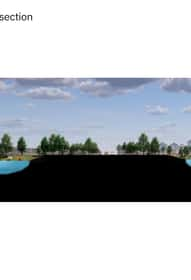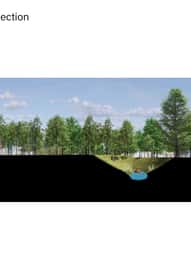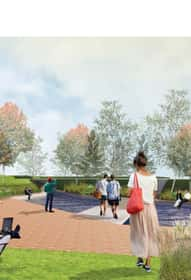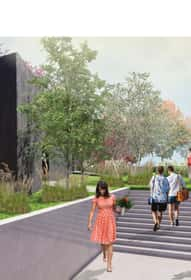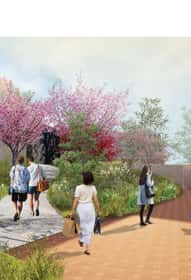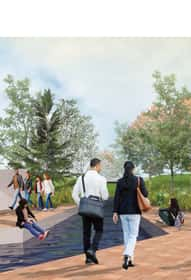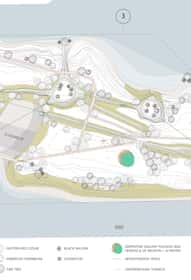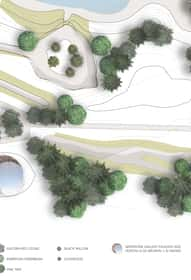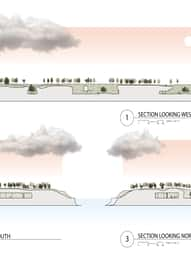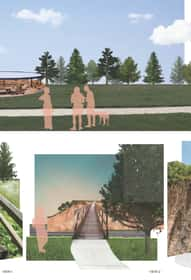Core Curricula Fall
- Amber Webb Brown |
- Bridgette Anne Galve |
- James Bautch |
- Jorn Connors |
- Mariana Penaloza |
- Natalie Laber |
- Stephanie Ticen |
- Anna Karel |
- Avery Watson |
- Colin Fialkiewicz |
- Eli Sherman |
- Hali Parker |
- Ricci Mavinga |
- Fionn Hui |
- Hassan Perez |
- Julia Bucci |
- Kristen Hampton |
- Nathan Silverman |
- Reily Kenny |
- Maria Alcantara |
- Ava Brown |
- Krystyna Jozwik |
- Pedro Aguilera |
- Yelitza Ramirez |
- Zach Rojas
ARCH 107 Undergraduate Design Communications I : Pixel Perfect
DC I explores a wide range of approaches to drawing and introduces tools and methodologies that are part of an architect’s essential skill set. This course prompts engagement with the materiality and substance of drawings as physical artifacts of thinking processes. A hybridization of analog and digital techniques is the core focus of weekly projects, each building upon the last. Group discussions and critiques encourage a discourse on strategies to effectively communicate, analyze, and develop design.
DIGITAL AND ANALOG SAMPLES : PIXEL PERFECT
Introduction to the fundamentals of digital imaging by overlaying basic raster operations in Adobe Photoshop with multiple rounds of printing, sketching, scanning, and photographing.
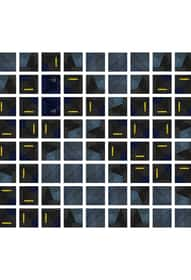
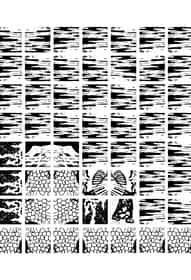
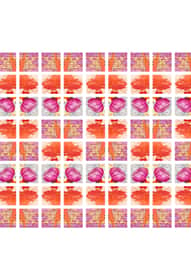
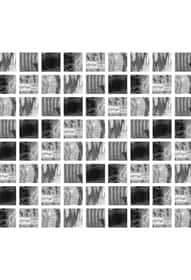
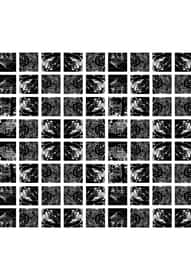
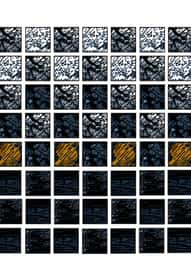
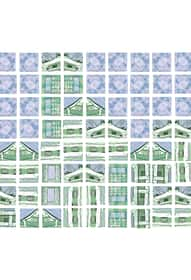
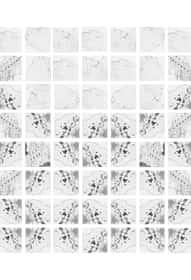
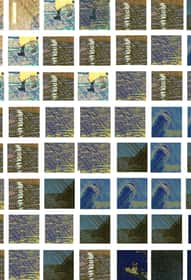
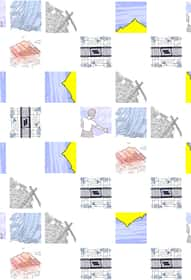
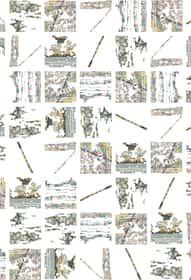
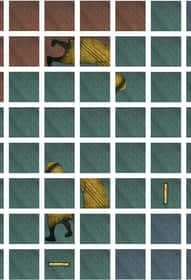
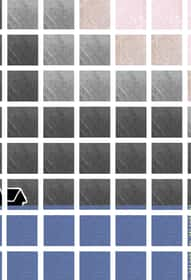
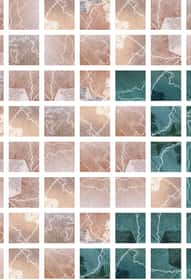
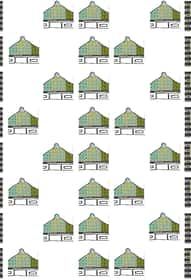
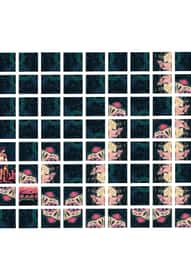
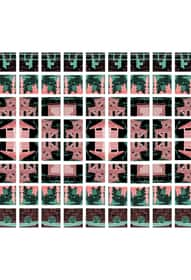
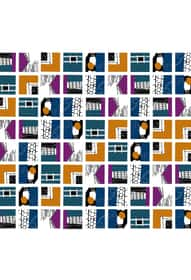
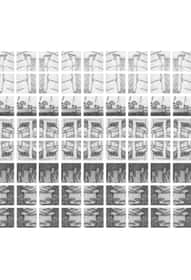
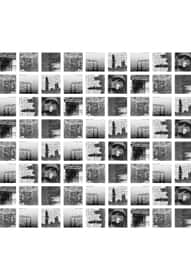
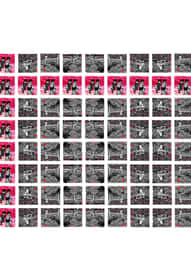
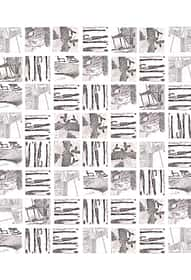
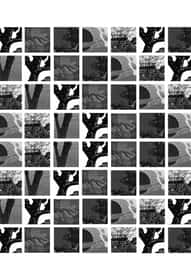
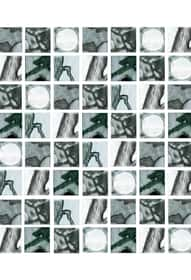
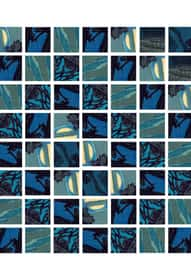
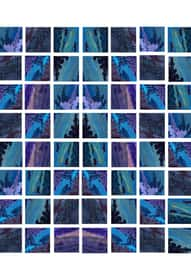
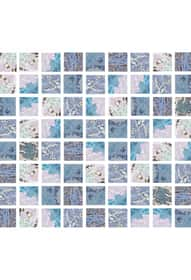
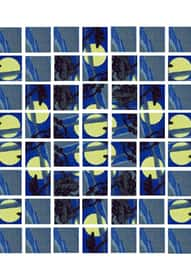
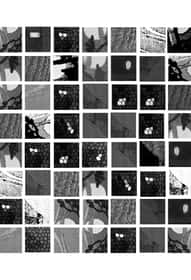
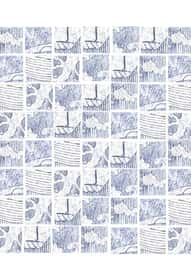
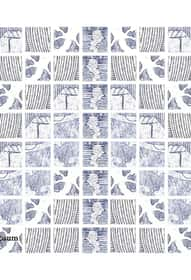
- Ricci Mavinga |
- Avery Watson |
- Caleb Morris |
- Derek Rosario |
- Grace Mae Lin Mcging |
- Hanei Khozaei |
- James Bautch |
- Jorn Connors |
- Liu Haoyuan |
- Lucia Vanveldhuisen |
- Mariame Kahack |
- Moises Enciso |
- Sammie Alisha Gonzalez |
- Thomas James |
- Azael Hassan Perez
ARCH 107 Undergraduate Design Communications I : Between the Lines
DC I explores a wide range of approaches to drawing and introduces tools and methodologies that are part of an architect’s essential skill set. This course prompts engagement with the materiality and substance of drawings as physical artifacts of thinking processes. A hybridization of analog and digital techniques is the core focus of weekly projects, each building upon the last. Group discussions and critiques encourage a discourse on strategies to effectively communicate, analyze, and develop design.
LINE AND SHAPE : BETWEEN THE LINES
Introduction of vector and raster integration to evoke depth and dimension through nuances of line, tone, and color. Students were asked to sketch a tower of boxes freehand in perspective from multiple angles. Sketches were then scanned into the computer and edges were traced with vector lines. The lines were then extended along their original trajectories past the confines of the page. Removing the underlaid sketches leaves behind the ghost of the constructs between the lines.
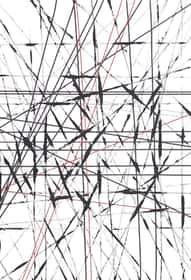
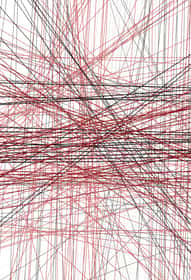
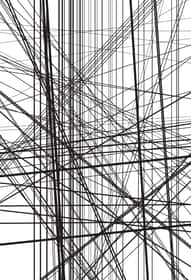
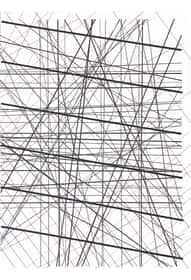
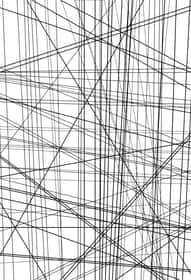
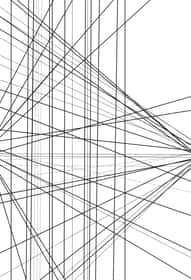
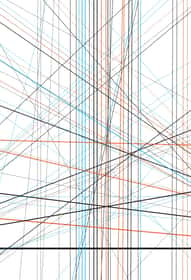
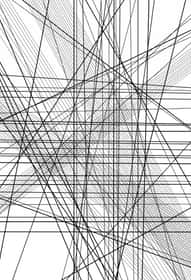
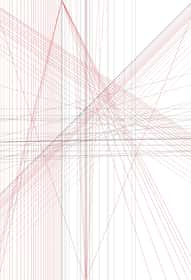
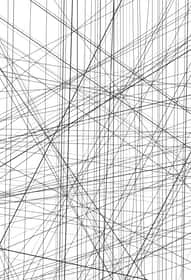
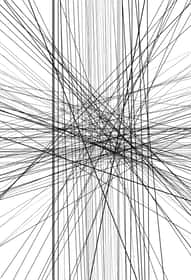

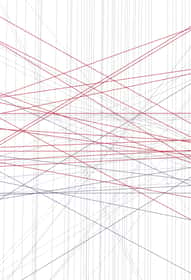
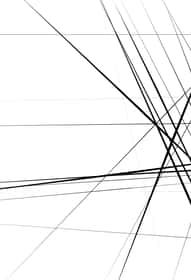
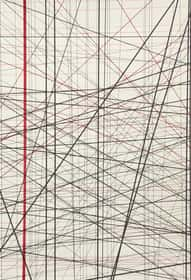
- Anjishnu Dey |
- Jorn Connors |
- Lucia Vanveldhuisen |
- Maria Plencner |
- Moises Enciso |
- Saumya Sukhthankar |
- Stephanie Ticen |
- Anna Karel |
- Avery Watson |
- Colin Fialkiewicz |
- Eli Sherman |
- Ryan Crawford |
- Sola Adebiyi |
- Andres Llanes |
- Faith Zinger |
- Fionn Hui |
- Janicki Jackson |
- Kristen Hampton |
- Mariam Kahack |
- Stephen Cruz |
- Hai Truong |
- Krystyna Jozwik
ARCH 107 Undergraduate Design Communications I : Space Studies
DC I explores a wide range of approaches to drawing and introduces tools and methodologies that are part of an architect’s essential skill set. This course prompts engagement with the materiality and substance of drawings as physical artifacts of thinking processes. A hybridization of analog and digital techniques is the core focus of weekly projects, each building upon the last. Group discussions and critiques encourage a discourse on strategies to effectively communicate, analyze, and develop design.
VOLUMES AND NARRATIVES : SPACE STUDIES
Introduction to 3D vector modeling within Rhinoceros. The final chapter of the course focuses on multi-dimensional storytelling via mixed media, populated renderings representing space, atmosphere, and time.
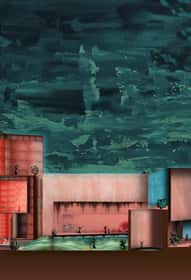
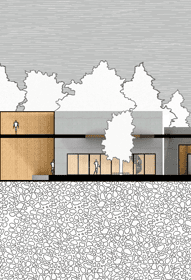
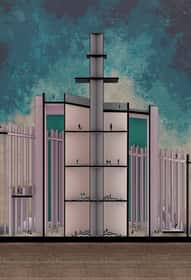
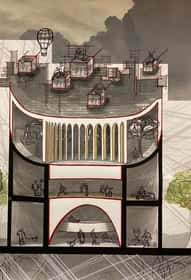
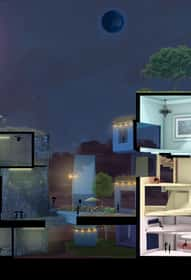
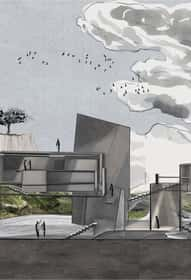
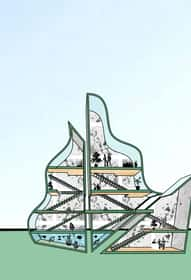
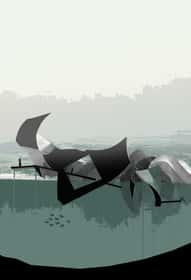
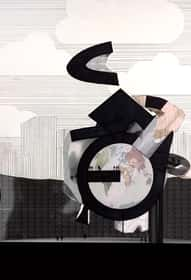
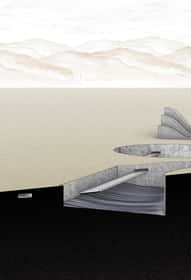
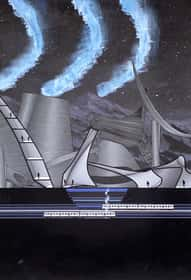
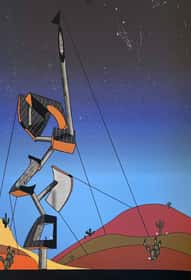
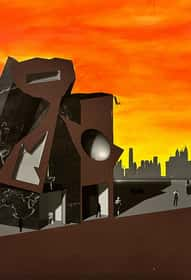
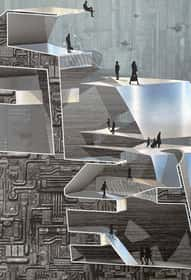
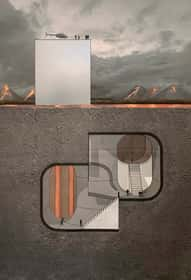
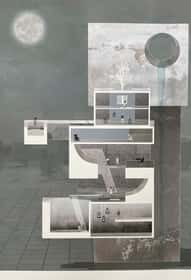
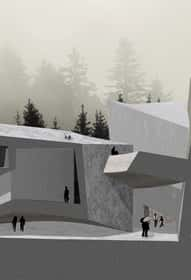
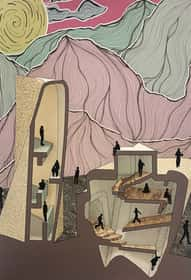
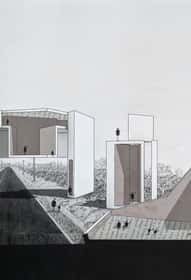
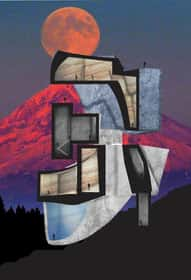
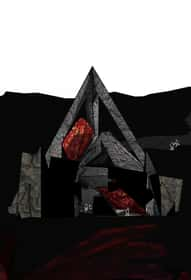
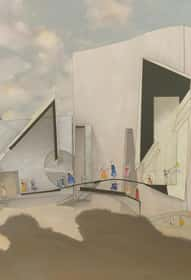
- Caleb Kwok |
- Delisha Mehta |
- Flora Fox |
- Gemma Brizzolara |
- Jacob Winters |
- Julianna Roberts |
- Julian Sarria |
- Kara Connolly |
- Karina Welch |
- Keegan Helms |
- Leila |
- Hoxha |
- Nick Ledonne |
- Noah Johnson |
- Sarah Tessier |
- Seul Lee |
- Tori Charmoli |
- Yiming Huo
ARCH 207 : Design Communications III
DC3 focuses on the advancement of digital design as an iterative process. Various modeling types covered are: Explicit Modeling, Nurbs Surface Modeling, Parametric Modeling, Generative Modeling & Responsive Modeling. Advanced Rendering Techniques were also explored. The course runs in tandem and at some points parallel with the 2nd year 1st semester design studio.
DC3 begins with a series of Parametric structural design concept case studies. Concepts explored are Folded Plate Tessellations, Shell Structure Tessellations, Grid Shells, and Tall Buildings. For Midterm students were asked to create Parametric models of their studio projects or a proposed design. Students also made several renderings of their proposed designs. After Midterm students explored Responsive Components and Generative Components. Lastly, the advanced rendering software VRay was explored and applied to their final design proposals.
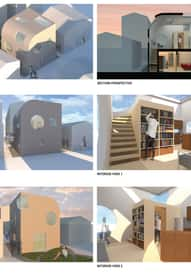
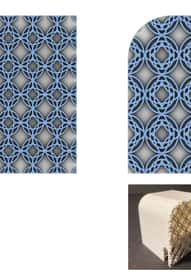
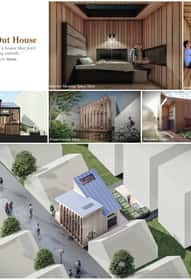
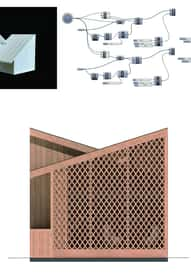
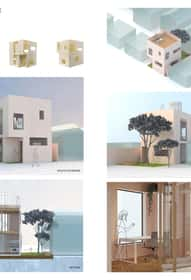
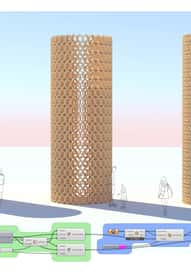
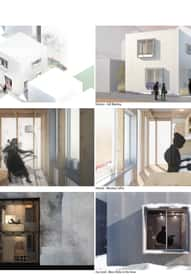
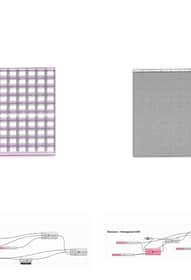
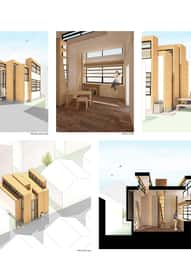
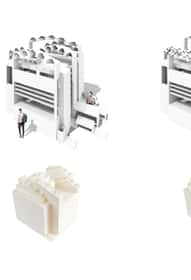
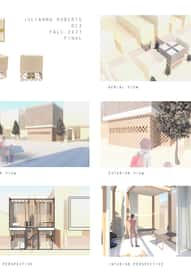
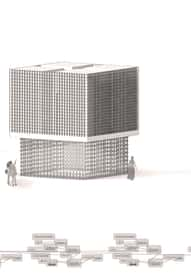
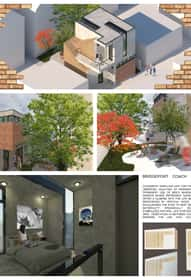
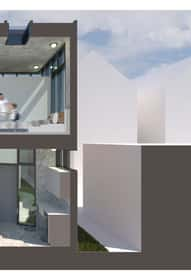
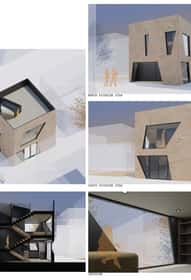
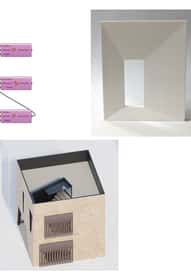
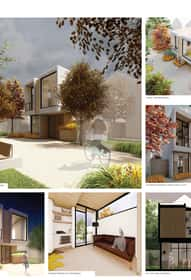
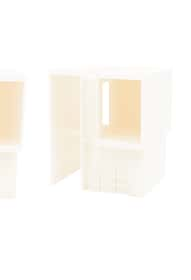
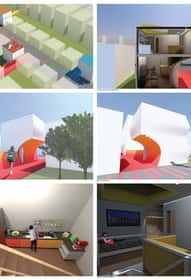
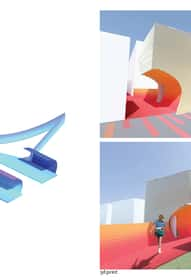
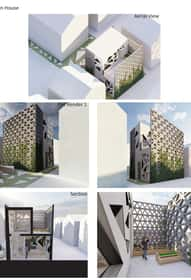
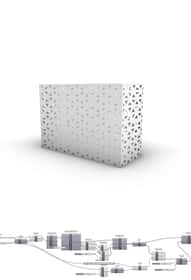
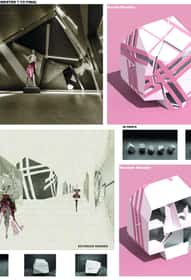
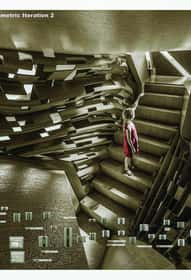
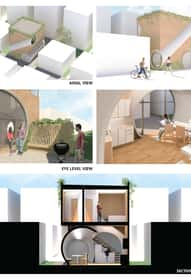
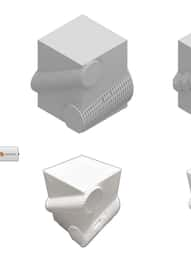
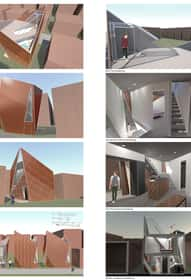
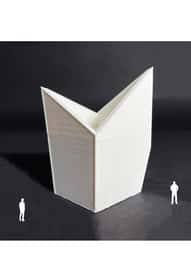
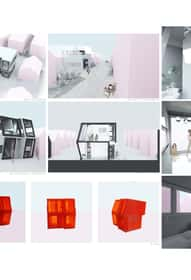

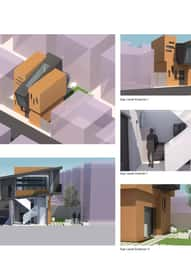
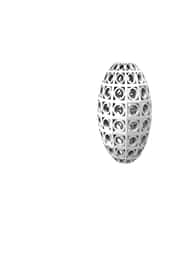
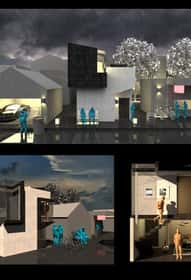

- Ben Volz |
- Cylas Hall |
- Ethan Phillips |
- Ethan Pulvermacher |
- Ivette Patino |
- Kamila Igambergenova |
- Kellee Van Buren |
- Milton Molina |
- Robert Anderson |
- Saurav Ayyagari |
- Stefannie Tuason
ARCH 207 : Design Communications III
DC3 focuses on the advancement of digital design as an iterative process. Various modeling types covered are: Explicit Modeling, Nurbs Surface Modeling, Parametric Modeling, Generative Modeling & Responsive Modeling. Advanced Rendering Techniques were also explored. The course runs in tandem and at some points parallel with the 2nd year 1st semester design studio.
DC3 begins with a series of Parametric structural design concept case studies. Concepts explored are Folded Plate Tessellations, Shell Structure Tessellations, Grid Shells, and Tall Buildings. For Midterm students were asked to create Parametric models of their studio projects or a proposed design. Students also made several renderings of their proposed designs. After Midterm students explored Responsive Components and Generative Components. Lastly, the advanced rendering software VRay was explored and applied to their final design proposals.
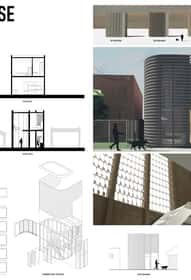
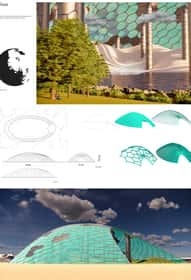
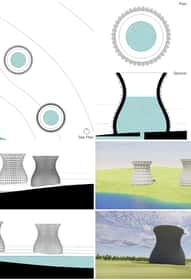
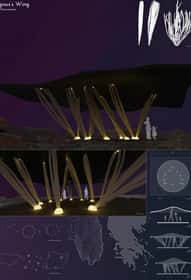
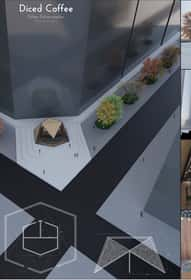
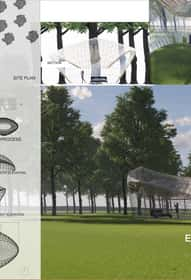
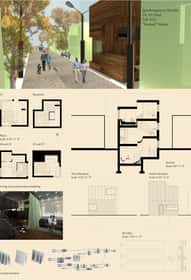
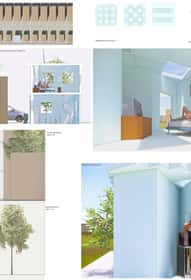
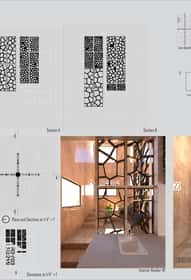
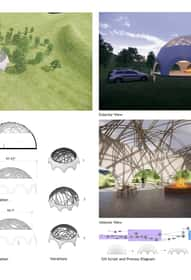
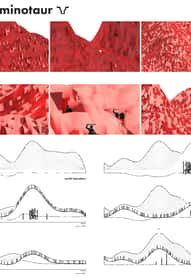
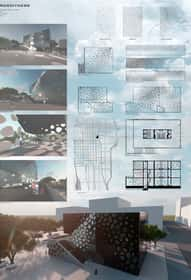
- Ashraf Alkurdi |
- Aya Abdallah |
- Delia Holban |
- Jesus Perez |
- Jose Soto |
- Kristin Lasorsa |
- Michell Ruiz |
- Mohommad Darweesh |
- Monica Basili |
- Nadeen El Baw |
- Naqvee Wahab |
- Suriana Mozo |
- Yuming Fu
ARCH 207 : Design Communications III
DC3 focuses on the advancement of digital design as an iterative process. Various modeling types covered are: Explicit Modeling, Nurbs Surface Modeling, Parametric Modeling, Generative Modeling & Responsive Modeling. Advanced Rendering Techniques were also explored. The course runs in tandem and at some points parallel with the 2nd year 1st semester design studio.
DC3 begins with a series of Parametric structural design concept case studies. Concepts explored are Folded Plate Tessellations, Shell Structure Tessellations, Grid Shells, and Tall Buildings. For Midterm students were asked to create Parametric models of their studio projects or a proposed design. Students also made several renderings of their proposed designs. After Midterm students explored Responsive Components and Generative Components. Lastly, the advanced rendering software VRay was explored and applied to their final design proposals.
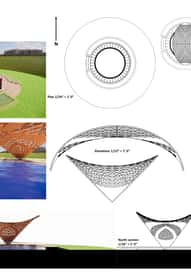
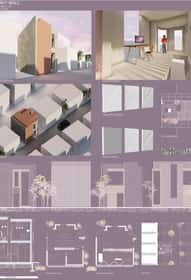
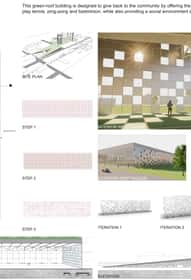
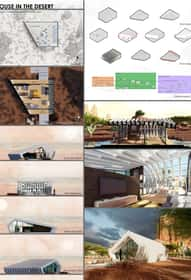
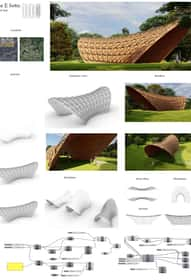
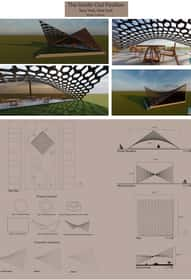
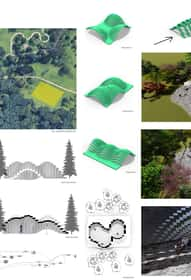
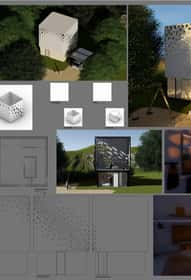
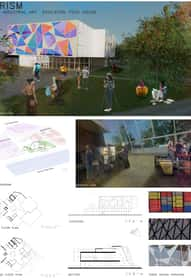
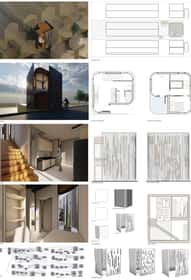
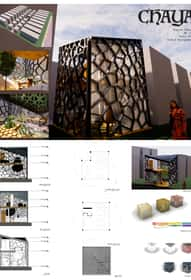
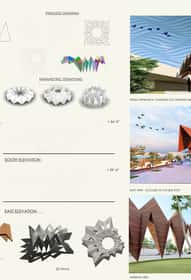
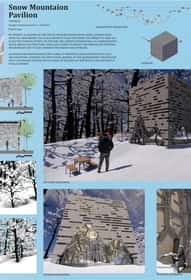
Core Curricula Spring
- Alisha Gonzalez |
- Beza Norahun |
- Celeny Tenorio |
- Christopher Khouri |
- Conner Li |
- Elio Armas Rojos |
- Faisal Sethwala |
- Jake Ruff |
- Moises Ensico |
- Nicholas Papas |
- Norah Dignam
ARCH 108 : Design Communications II
DCII continues to explore the hybridization of analog and digital tools and techniques. The semester begins with a series of exercises focused on digital 2D and 3D polygon and polyhedra tessellations with applied layered hand techniques. Moving forward students explore various 3D surface modeling techniques that are later applied to an intervention of their design studio case study project. 3D printing is introduced as a way to connect the digital space to the physical real world space. As the semester progresses exercises shift from object to building. Architectural technical drawings, rendering, and diagramming become the focus. The final series of exercises serves as an introduction to parametric design. Students decide on what aspects of their design are best suited for controlled parametric conditions. The course runs in tandem and at some points parallel with the first year second semester design studio.
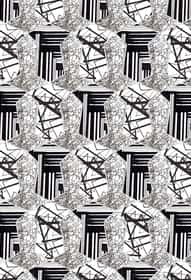
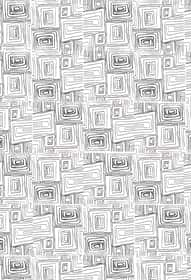
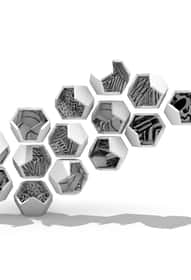
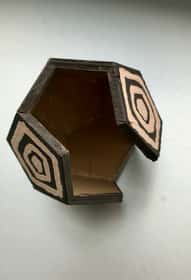
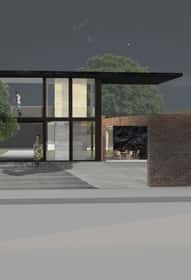
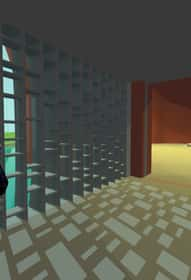
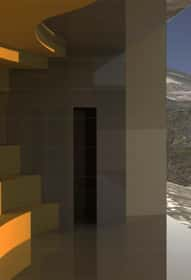
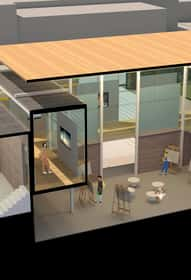
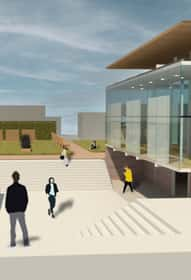
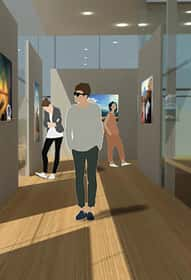
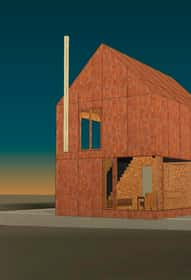
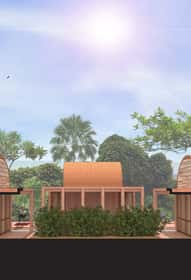
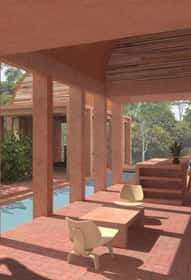
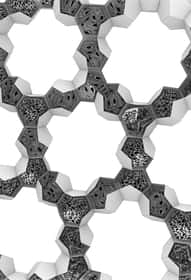
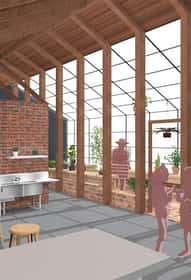
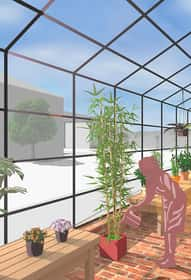
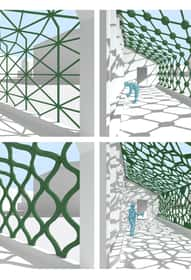
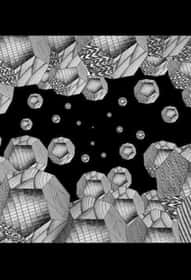
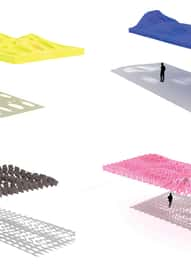
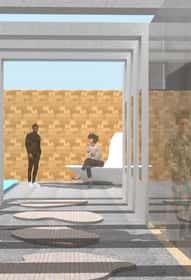
- Kristen Hampton |
- Ava Brown |
- Bridgette Galve |
- Colin Fialkiewicz |
- Fionn Hui |
- Maria Plencner |
- Reilly Kenney |
- Salam Hussein |
- Sasami Cavan |
- Stephen Cruz |
- Su Wadi Linn
ARCH 108 : Design Communications II
DCII continues to explore the hybridization of analog and digital tools and techniques. The semester begins with a series of exercises focused on digital 2D and 3D polygon and polyhedra tessellations with applied layered hand techniques. Moving forward students explore various 3D surface modeling techniques that are later applied to an intervention of their design studio case study project. 3D printing is introduced as a way to connect the digital space to the physical real world space. As the semester progresses exercises shift from object to building. Architectural technical drawings, rendering, and diagramming become the focus. The final series of exercises serves as an introduction to parametric design. Students decide on what aspects of their design are best suited for controlled parametric conditions. The course runs in tandem and at some points parallel with the first year second semester design studio.
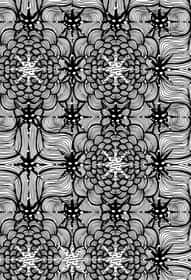
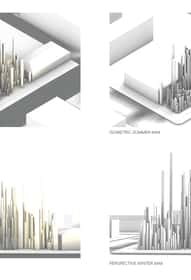
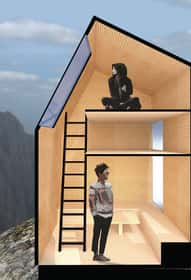
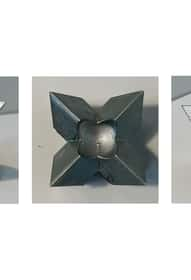
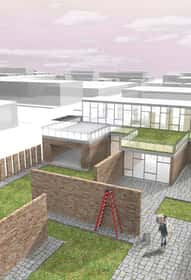
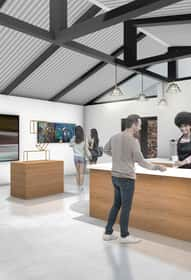
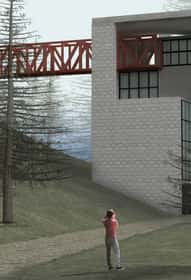
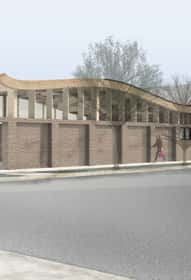
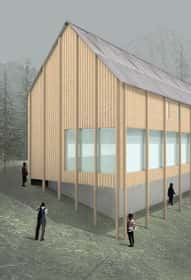
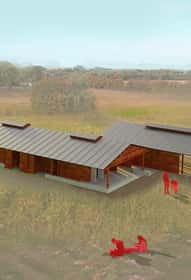
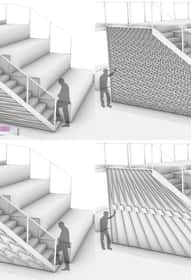
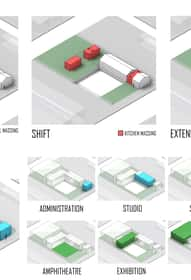
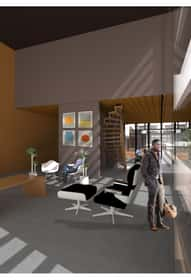
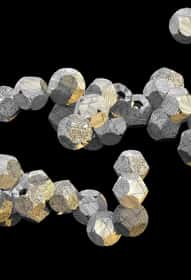
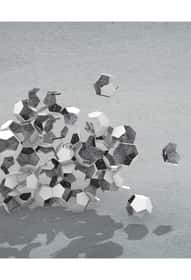
- Jusang Lee |
- Tianjiao Wang |
- Minji Park |
- Seul Lee |
- Subi Lee |
- Viona Chiang |
- Kenny Canalizo |
- Mercy Godfrey |
- Akshat Goyal |
- Emily Yeow |
- Clara Bello |
- Davey Hines |
- Sophia Kim |
- Olivia Smolen |
- Michelle Walker |
- Georgina Wang |
- Ethan Casalins |
- Marina Delgado |
- Nora Doyle |
- Beatrice De Castro |
- Mohammad Darweesh |
- Page
ARCH 215/505 : Site Design, Planning, and Ecology
With ecology serving as a point of departure, this course invites students to observe, comprehend and interpret the system of relationships established through architecture and its physical environment at a variety of scales. The course is focused on the fundamental processes of natural systems and the acquisition and implementation of specific tools and technologies that serve to inform the design process in architecture, particularly in relation to site.
This semester long project has students researching, analyzing and proposing design solutions for an urban park situated on five sites along the Chicago River at the confluence of Bubbly Creek. The project asks students to generate schematic proposals that center on a pavilion and integrate earthwork, circulation routes, and planting design with additional program elements of their choosing.
